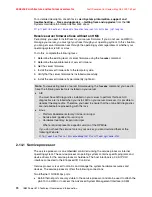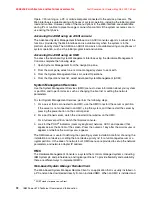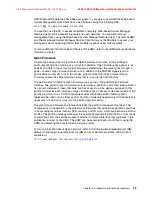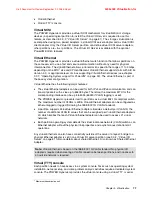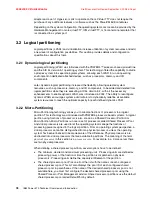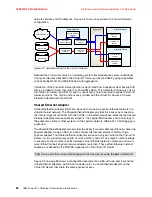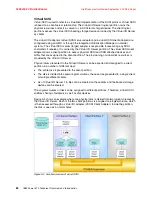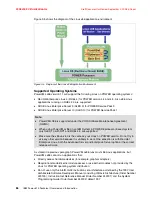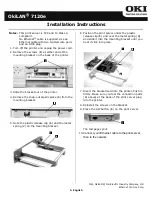
Chapter 2. Architecture and technical overview
71
Draft Document for Review May 28, 2009 1:59 pm
4405ch02 Architecture and technical overview.fm
options from a client Web browser, using the HTTP server integrated into the service
processor internal operating system.
Both Ethernet ports have a default IP address:
– Service processor Eth0 or HMC1 port is configured as 169.254.2.147.
– Service processor Eth1 or HMC2 port is configured as 169.254.3.147.
2.14.2 Redundant service processor
A Service Interface card is required to be installed in every drawer. The card in the top drawer
provides the Service Processor function. Redundant Service Processor function for
managing the service processors when one fails is supported on all systems that are
operating with system firmware level FM320_xxx_xxx, or later. This support is available for
configurations with two or more CEC enclosures. The card in the second drawer provides a
Service Processor on standby capable of taking over the Service Processor function from the
primary drawer.
The SP Flash in the second drawer will be updated whenever an update is made to the SP
Flash in the top drawer. The Service Interface cards in drawers 3 and 4 do not use the
Service Processor function, and the FLASH code is not updated. Therefore Service Interface
cards from drawers 3 or 4 must NOT be moved into drawers 1 or 2.
Redundant Service Processor function requires that the Hardware Management Console
(HMC) be attached to the Service Interface Card in both CEC enclosure 1 and CEC
enclosure 2. The Service Interface Card in these two enclosures must be connected using an
external Power Control cable (FC 6006 or similar).
http://publib.boulder.ibm.com/infocenter/eserver/v1r3s/index.jsp?topic=/iphae/plan
redundantfsp.htm
2.14.3 Hardware management user interfaces
This section provides a brief overview of the different 570 hardware management user
interfaces available.
Advanced System Management Interface
The Advanced System Management Interface (ASMI) is the interface to the service processor
that enables you to set flags that affect the operation of the server, such as auto power
restart, and to view information about the server, such as the error log and vital product data.
This interface is accessible using a Web browser on a client system that is connected directly
to the service processor (in this case, a standard Ethernet cable or a crossed cable can be
both used) or through an Ethernet network. Using the
network configuration menu
, the ASMI
enables the ability to change the service processor IP addresses or to apply some security
policies and avoid the access from undesired IP addresses or range. The ASMI can also be
accessed using a terminal attached to the system service processor ports on the server, if the
server is not HMC managed. The service processor and the ASMI are standard on all IBM
System p servers.
You might be able to use the service processor's default settings. In that case, accessing the
ASMI is not necessary.
Accessing the ASMI using a Web browser
The Web interface to the Advanced System Management Interface is accessible through, at
the time of writing, Microsoft® Internet Explorer® 6.0, Netscape 7.1, Mozilla Firefox, or














